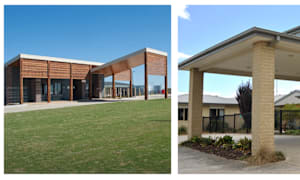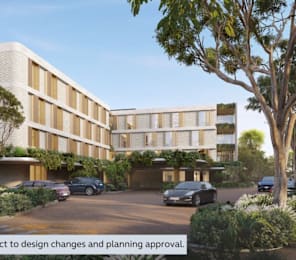The June 2023 Quarter Financial Performance Survey Report states that 66% of RAC operators made operating losses and 43% made cash (EBITDA) losses, while home care surpluses per client shrank. But there is good news.
As we reported last week, Grant Corderoy – Senior Partner at StewartBrown, can see green shoots for aged care and in fact believes we are entering the most 'exciting' five years for the sector that he has experienced.
Direct care costs and direct care staffing are trending well. The report says:
The introduction of the AN-ACC funding model together with the mandated minutes being included in the subsidy has had a very positive effect in relation to direct care staffing levels delivered to residents. This is a major initiative which has seen direct care staffing minutes increase by 12.71 minutes per resident per day. This represents an increase of 7.18% from the previous year.
However, Daily Living and Accommodation expenses remain negative.
Direct care result for FY23 increased by $1.28 pbd to a surplus of $3.13 pbd (including administration) from FY22 $1.85 pbd
Indirect Care (Everyday Living) sector average result is a $6.62 loss per resident per day.
Accommodation sector averaged a $13.05 loss per resident per day for FY23.
The average operating results for residential aged care homes across all geographic sectors was an operating loss of $16.54 per bed day (FY22 $14.67 pbd loss) for mature homes.
The green shoots discussed at the StewartBrown Aged Care Finance Forum across the country last week included possible outcomes from the Aged Care Taskforce’s Final Report:
- customer co-contribution increased and cemented
- potential for a percentage of RADs (like say 3%) being treated as rent and not refunded
- the $550,000 RAD cap being extended or eliminated
- the $10.80 Basic Daily Fee being paid by every resident
- operators becoming competitive with new services for additional income
- operators increasing RADs relative to home prices
Separately, the introduction of the Independent Health and Aged Care Pricing Authority (IHACPA) to aged care is considered significant because they recognise as an independent reviewer that an ‘administration fee’ and a ‘margin’ are requirement for a sustainable business.
Home care – referring to the chart below – is however being homogenised, meaning the Top 25% of home care providers’ profitability is declining to match the overall sector. StewartBrown sees this as the loss of capacity to innovate or provide superior services.
Competitors are increasingly delivering the same homogenised care.

While we wait for the green shoots, StewartBrown concludes:
In the interim period, however, to avoid closure of homes and reduced service delivery, especially in regional locations, an emergency funding package also needs to be considered in the short-term to ensure current viability and allow for the necessary funding reforms to be properly implemented.
The SOURCE: The sector now awaits the findings of the Taskforce’s Final Report due to be handed to Government in December.










